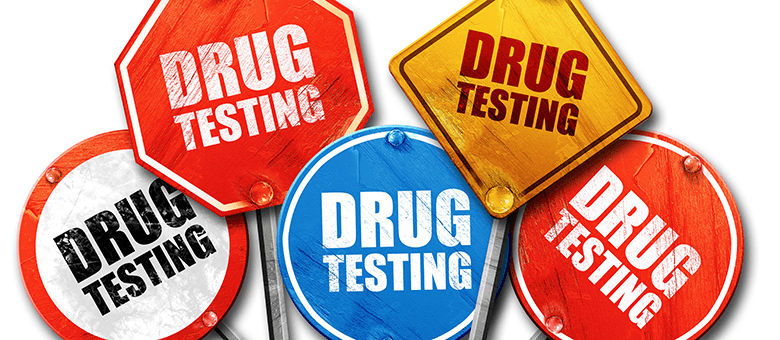The insurance industry has long recognized the challenges America faces with opioids long before U.S. Department of Health and Human Services declared an epidemic in 2017.
On average, opioid overdoses grew 30 percent across the country from July 2016 through September 2017. In that time frame, the Midwest and West regions saw the most staggering increases at 70 percent and 40 percent, respectively.
What does this mean for employers?
As employers assess the needs of their businesses and employees, it’s essential to understand the risks associated with both prescription and illegal drugs.
A detailed drug policy is an important component of creating a safe and healthy work environment. Employers should consider addressing the types of testing, the category of employees who are subject to testing, prohibited substances and methods of testing, as well as the consequences of a positive test. To help promote a compliant and well-rounded approach, policies should be developed in collaboration with human resources and legal counsel familiar with local laws.
But it’s not enough to just develop a drug policy – it needs to be enforced and reinforced, too. Managers should be well-trained to notice and document potential signs of impairment, especially in the event of employee injury and reasonable suspicion. Partnerships with healthcare and workers’ compensation insurance providers may also deliver programs and insights that can help proactively protect employees and businesses.
From meeting compliance requirements to reducing employee turnover to decreasing accidents and injuries, drug screening is a crucial part of the hiring process for dozens of industries.
Call Alliance 2020 to get started. We’re here to answer your questions and tailor a drug screening plan and process that works for your unique business.
Together, we’ll help you hire and retain individuals who are ready to get the job done drug-free.




